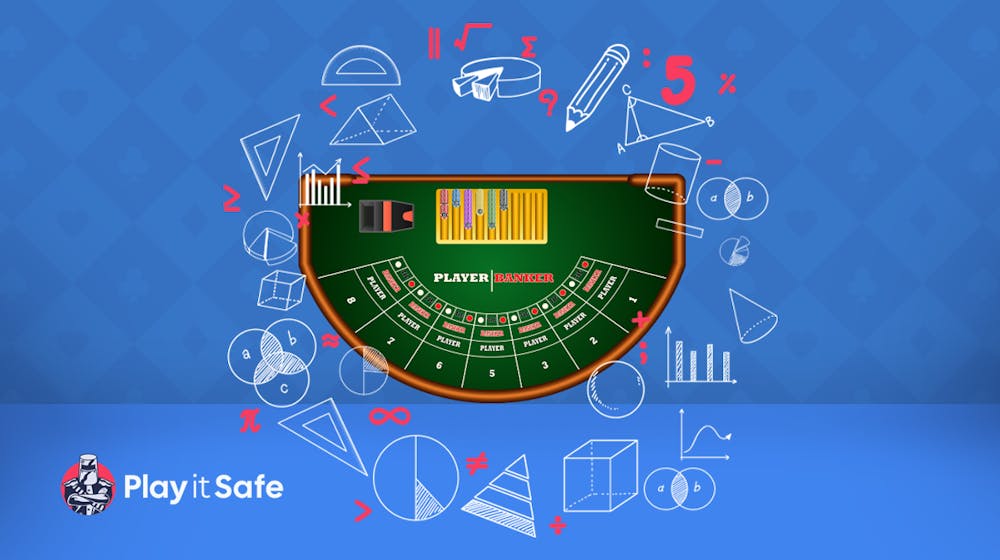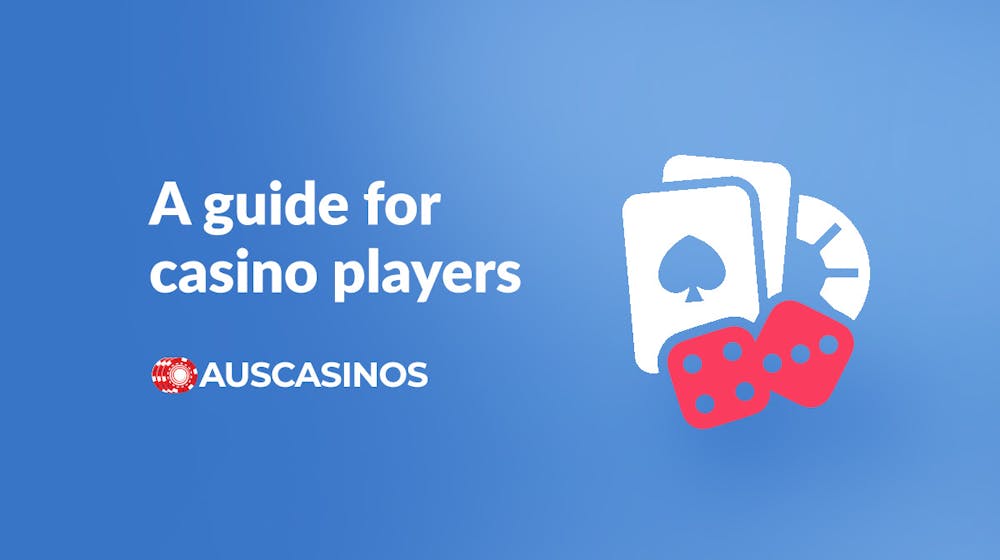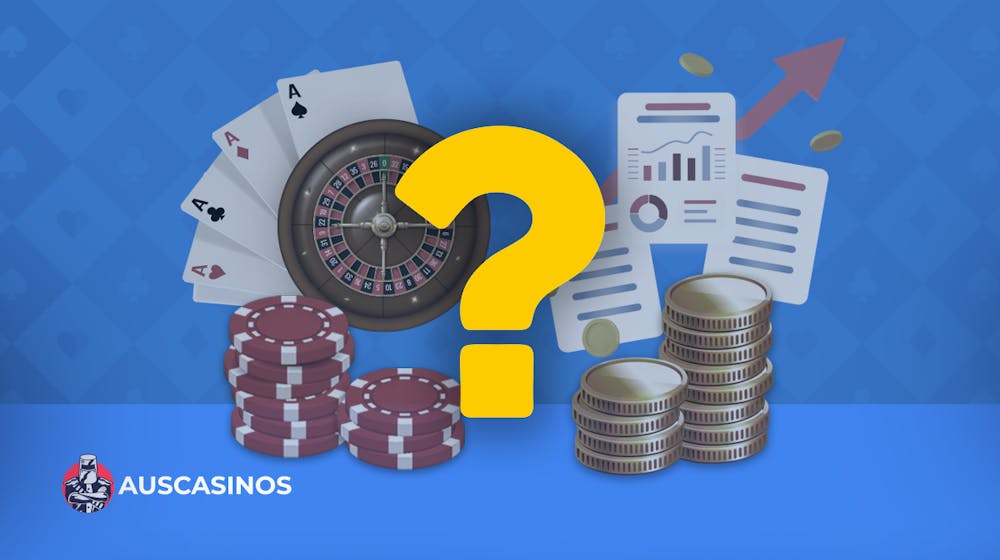Baccarat Strategy Isn’t Just Math—It’s Human Behaviour. Bertrand Figured That Out in 1888


When most players think “strategy,” they think numbers. Odds. Probabilities. Fixed systems that guarantee a better chance to win at online casinos.
But one of the earliest game theory studies—done way back in 1888—shows that real strategy isn’t about crunching numbers. It’s about something far more human:
👉 Deception. Psychology. And how others think you’ll act.
Let’s break down what Joseph Bertrand’s analysis of baccarat really teaches us—and why it still matters for modern players.
A Quick Refresher: How Baccarat Works
If you’re new to the game (or need a brush-up), here’s the deal and how to play baccarat:
- Baccarat is usually played between two hands: Player and Banker.
- Each hand gets 2–3 cards. The aim? Get as close to 9 as possible.
- Only the last digit of your card total counts (e.g. 15 = 5).
- In chemin de fer (the old-school version Bertrand analysed), players made strategic decisions, like whether to draw on a 5.
In short, it’s a game that seems simple—but hides layers of psychological and mathematical strategy.
The Core Insight: Strategy Isn’t Just About What You Do. It’s About What Others Expect You to Do.
Bertrand studied baccarat chemin de fer, where players decide whether to draw a third card. What he realised was radical at the time:
🎯 Strategy doesn’t just come from the math—it comes from the mind games between players.
His big idea? Sometimes the best move isn’t the one with the highest statistical edge. It’s the one that throws your opponent off.
That’s why he argued for:
- Sometimes drawing on a 5
- Sometimes standing
- Sometimes bluffing just to create confusion
This wasn't a flaw in the game—it was the essence of strategy.
🧠 Modern Take: Behavioural Strategy > Pure Math
Ethier, the author of the new paper, zooms in on this key idea:
Bertrand was ahead of his time—but also incomplete.
He understood psychology mattered in games. But he didn’t fully explore “mixed strategies” (randomising your decisions to stay unpredictable), which later became a cornerstone of game theory.
That gap is what modern players now understand instinctively in games like:
- Poker (bluffing, timing)
- Rock-paper-scissors (never repeating the same move)
- Baccarat (especially in chemin de fer-style formats)
⚠️ The trap most players fall into? Believing that optimal play is only about finding the “right” move. The truth? In competitive settings, the right move depends on how others read you.
Why This Still Matters for Aussie Baccarat Players
You might be thinking, “Cool history lesson… but how does this help me at the table?”
Here’s how:
| Behaviour | Why It Matters |
|---|---|
| You always draw on 5 | You’re predictable. Other players can use that to adjust their play. |
| You randomise when you draw/stand | You stay unreadable. You gain an edge in head-to-head play. |
| You shift your play based on table dynamics | You’re not just reacting—you’re influencing others. |
| You make intentional, not habitual decisions | That’s the heart of a good strategy. |
What Bertrand Really Proved (Without Realising It)
This wasn’t just a paper about baccarat. It was an early glimpse into what we now call behavioural game theory—the idea that strategy must account for human emotion, perception, and response.
Bertrand may not have had the vocabulary, but he tapped into the idea that:
- People don’t always act rationally
- Bluffing and unpredictability can be more powerful than playing “by the book”
- Games are social environments—not just mathematical models
What You Can Actually Do with This Insight
This isn’t about mastering formulas. It’s about training your awareness as a player.
Here’s how you can use Bertrand’s mindset to your advantage:
🧠 1. Break Predictability
Most players lose their edge by being consistent for too long.
| Situation | Behaviour to Watch | Smart Move |
|---|---|---|
| Always drawing on 5 | Opponents can read you | Randomise: draw 70% of the time, stand 30% |
| Always betting Banker | You look risk-averse | Mix in Player bets occasionally to reset perception |
| Rigid bet sizing | People can spot patterns | Vary your bets slightly within your bankroll limit |
🎯 2. Read the Room
Strategy starts with observation.
| Situation | What to Notice | Behavioural Insight |
|---|---|---|
| Table full of aggressive betters | High emotion, risk-takers | Be cool and calculated—let them tilt themselves |
| Quiet, steady betters | Playing systemically | Use subtle shifts to mess with their expectations |
| Players mimicking you | You’re influencing the table | Switch up your tempo or bet type to throw them off |
🎲 3. Use Strategic Deception (The Right Way)
Don’t bluff like a poker player—blend in, then break pattern.
| Situation | Common Mistake | Smart Play |
|---|---|---|
| Everyone expects a draw on 5 | Drawing “because it’s standard” | Stand occasionally to signal unpredictability |
| Just won 3 rounds in a row | Feeling invincible | Bet smaller, not bigger—avoid being read as overconfident |
| Just took a loss | Chasing losses emotionally | Bet consistently—maintain control and composure |
📉 4. Challenge Your Default Settings
Habits are the enemy of strategy.
| Habit | Why It Hurts | Alternative |
|---|---|---|
| Always repeating a “winning” move | Past success ≠ future results | Re-evaluate: was it good strategy or good luck? |
| Relying on betting systems (e.g. Martingale) | Makes you predictable and exposed | Use adaptive play—respond to the table, not a formula |
| Betting faster under pressure | Emotional decisions sneak in | Take a breath between rounds—reclaim control |
📈 5. Think Like a Game Theorist
It's not just the best move—it's how your move affects the game next.
| Level | What It Looks Like | Benefit |
|---|---|---|
| Level 1: Playing the hand | Reacting to card value only | Basic competence |
| Level 2: Playing the odds | Using RTP, drawing strategy | Smarter, but still beatable |
| Level 3: Playing the players | Anticipating how others respond to you | Maximum edge, Bertrand-style thinking |
🎯 Want to level up? Start by noticing your own patterns. Then, shift to noticing others’.
Final Thought: The Real Edge Isn’t in the Cards—It’s in the Mind
Bertrand’s 1888 baccarat study reminds us of something every sharp player should remember:
The strongest strategies aren't just about math. They're about people. It’s not just what move you make—but when, why, and how it lands in the minds of those watching you.
And that’s what separates a gambler from a strategist. So next time you’re playing baccarat, ask yourself:
"Am I just following rules—or am I shaping how others see me?" Because in the world of real strategy, perception is power.
Comments
Comment Submitted for Review
Just now
Your comment has been submitted for moderator review. It will be posted shortly once approved
Latest Blogs

Ava is our legal expert. She’ll guide you through the latest info about Australia’s complex online gambling laws and casino licences, so you can make sure you always play at safe, reliable and trusted casinos.
Read more about the author





